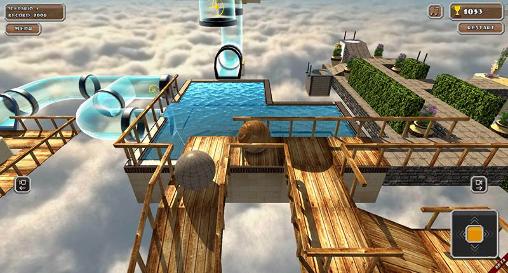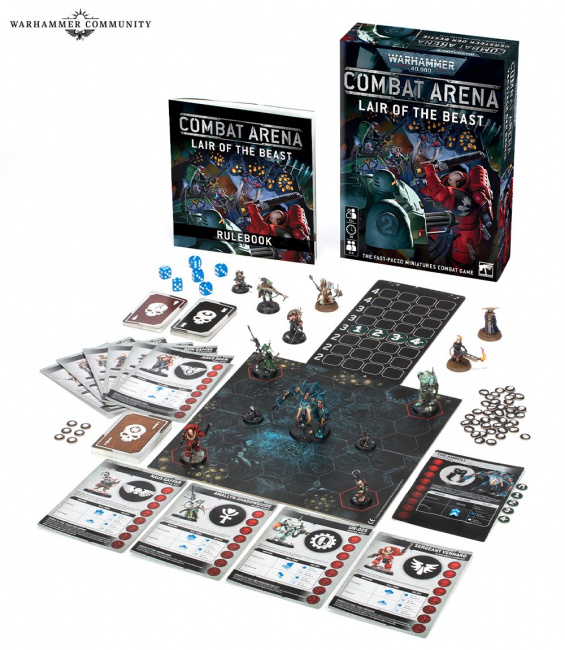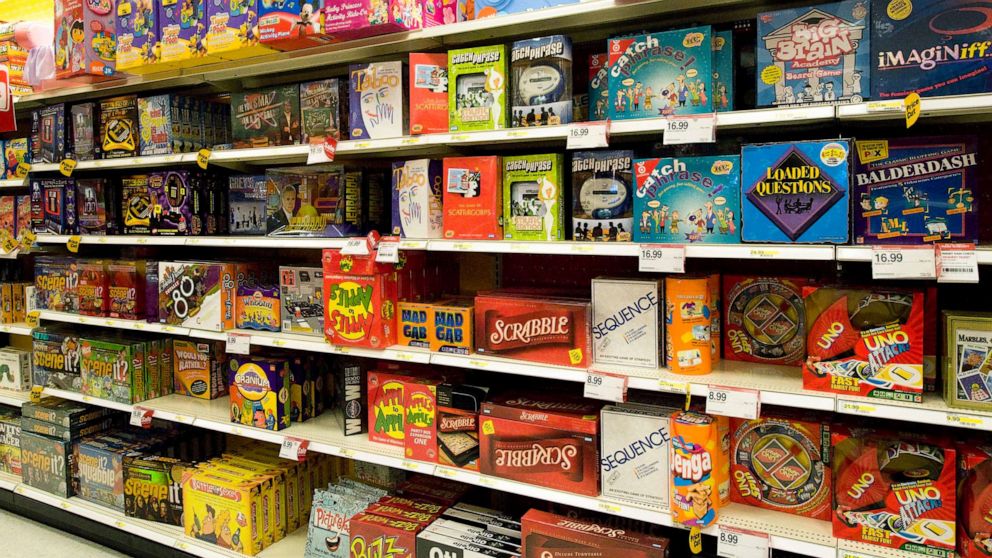Achieving Game Balance: The Art of Harmonious Gameplay

Game balance is a critical aspect of game design that ensures fair and enjoyable experiences for players. This article explores the concept of game balance, its significance in various types of games, and the challenges and strategies involved in achieving a harmonious gameplay experience.
Understanding Game Balance:
a. Definition and Importance: Define game balance as the equitable distribution of challenges, resources, and abilities among players, promoting fairness and preventing dominant strategies or unfair advantages. b. Player Satisfaction: Explore how game balance contributes to player satisfaction by providing engaging and competitive experiences that allow skill and strategy to shine.
Elements of Game Balance:
a. Game Mechanics: Discuss how the rules, actions, and interactions in a game influence its balance, including factors such as turn order, resource allocation, and victory conditions. b. Player Abilities and Roles: Explore the importance of balancing player abilities and roles to ensure equal opportunities for success, while also allowing for diverse playstyles and strategies.
Challenges in Achieving Game Balance:
a. Complexity vs. Accessibility: Discuss the balance between complexity and accessibility in game design, considering the challenge of catering to different skill levels and player preferences. b. Emergent Strategies and Exploits: Address the challenge of identifying and addressing emergent strategies or exploits that can unbalance a game, requiring ongoing monitoring and adjustment. c. Game Testing and Feedback: Highlight the role of playtesting and gathering player feedback in identifying potential balance issues, refining game mechanics, and addressing player concerns.
Strategies for Achieving Game Balance:
a. Iterative Design and Balancing Loops: Discuss the importance of iterative design processes, allowing designers to test and refine game balance through multiple iterations and balancing loops. b. Data Analysis and Metrics: Explore the use of data analysis and metrics to identify potential imbalances, monitor gameplay trends, and inform balance adjustments. c. Player Choice and Trade-offs: Discuss how offering meaningful choices and trade-offs within a game can contribute to balance, allowing players to make strategic decisions based on risks and rewards. d. Patching and Updates: Address the role of post-launch patches and updates in addressing balance issues based on player feedback and ongoing game development.
Balancing Different Game Types:
a. Competitive Games: Discuss the specific considerations and strategies involved in balancing competitive games, including matchmaking systems and addressing power disparities between players. b. Cooperative Games: Explore how cooperative games require balance to ensure that challenges are appropriately scaled to the number of players and encourage teamwork.
Community and Metagame Impact:
a. Player Metagame and Balance Perception: Discuss the influence of player communities, metagame development, and perception of balance, highlighting the importance of addressing both actual imbalances and player perceptions.
Game balance is a delicate yet essential aspect of game design, aiming to create fair, engaging, and satisfying experiences for players. By understanding the challenges involved and implementing effective strategies, game designers can strive to achieve optimal balance, leading to enjoyable and memorable gameplay experiences for players.




:no_upscale()/cdn.vox-cdn.com/uploads/chorus_asset/file/24663367/Fr1bQ0qX0AAcLxQ.jpg)